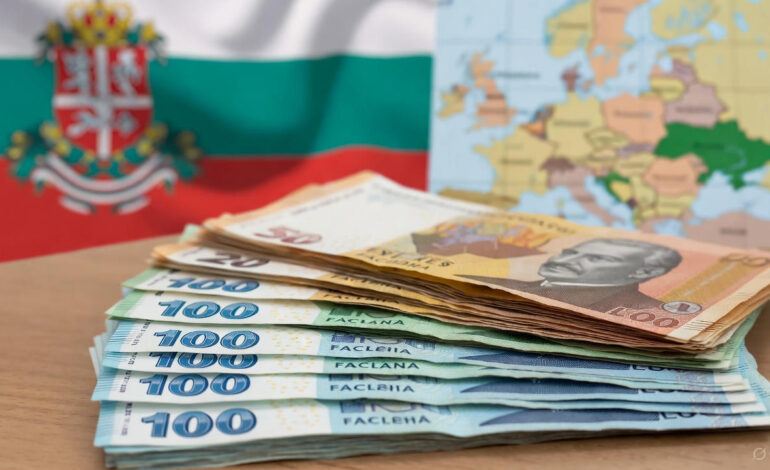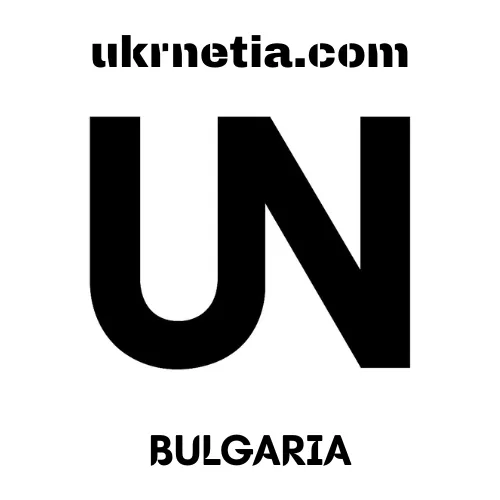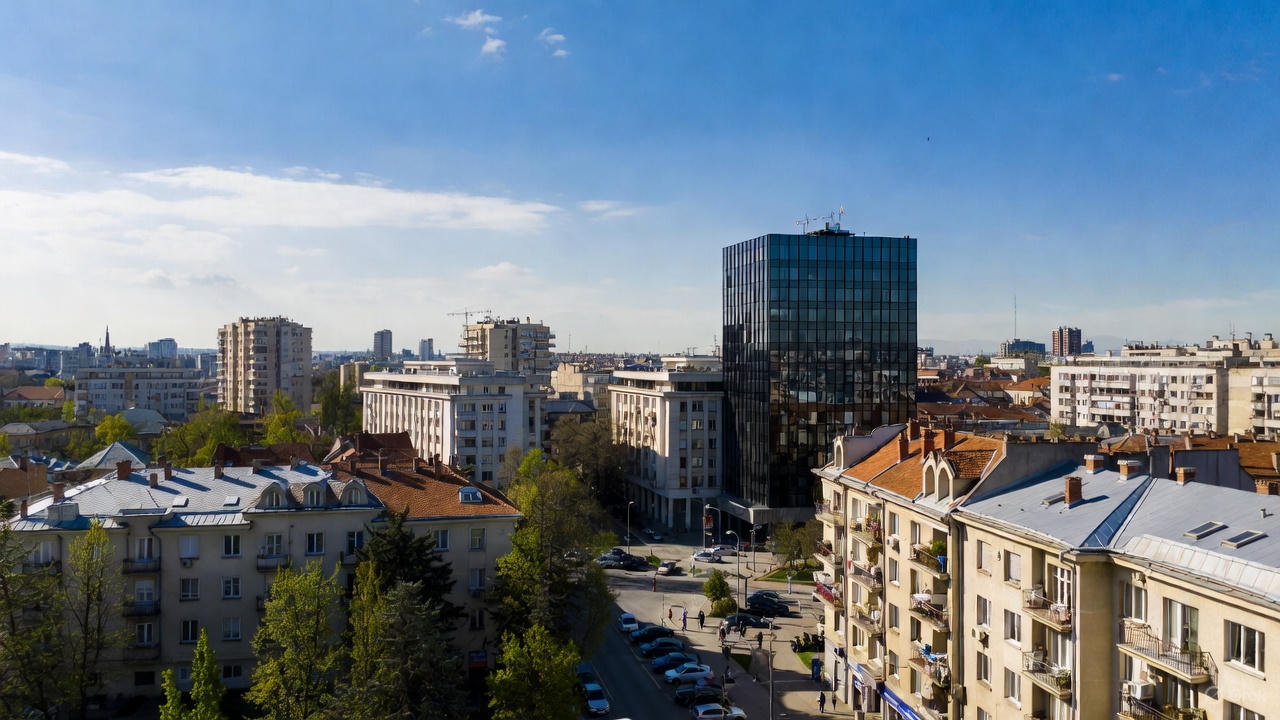Why the Bulgarian Lev Remains One of the Most Stable Currencies in the Region

Since 1 July 1997, the Bulgarian lev has been fixed to a foreign currency—first the Deutsche Mark, then the euro at 1.95583:1—under a currency board arrangement (CBA). In an era when the Turkish lira lost 90 % of its value against the dollar (2018–2023), the Romanian leu depreciated 25 %, and the Serbian dinar 18 %, the lev has not budged by a single stotinka. Exchange-rate volatility, measured as the 30-day standard deviation of the BGN/EUR rate, has averaged 0.00 % for two decades. The Bulgarian National Bank (BNB) cannot print money, set interest rates, or devalue. Every lev in circulation is backed 100 % (and often 140 %) by euro-denominated reserves. This is monetary policy on autopilot—and the region’s most reliable stability machine.
Reserve Fortress: €40.8 Billion and Counting
At end-June 2024, BNB foreign reserves stood at €40.8 billion—55 % of GDP, 92 % of broad money (M3), and enough to cover 8.5 months of imports. No other Balkan central bank comes close:
| Country | Reserves/GDP | Import Cover (months) |
|---|---|---|
| Bulgaria | 55 % | 8.5 |
| Romania | 22 % | 4.2 |
| Serbia | 32 % | 5.8 |
| Croatia* | 38 % | 6.1 |
*Eurozone member since 2023
The CBA’s “full coverage” rule means the monetary base (€21.5 billion) is over-backed by €19.3 billion in excess reserves. This buffer absorbed the 2022 energy shock—when Bulgaria paid €3.2 billion for LNG and oil—without touching the peg.
Imported Credibility: ECB Policy at Zero Cost
Under the board, Bulgarian interbank rates (SOFIBOR) track ECB rates plus a tiny 0.1–0.3 pp country-risk premium. When the ECB hiked from –0.5 % to 4.5 % (2022–2023), Bulgarian lending rates rose in lockstep—no lag, no debate. Deposit rates followed: household savings accounts jumped from 0.01 % to 2.8 %, pulling €4.1 billion into the banking system in 2023 alone. The alternative—independent monetary policy—would have required a 15–20 % policy rate to tame 2022’s 16.9 % inflation, crushing credit and growth.
Fiscal Discipline by Design
The CBA forces fiscal restraint. Budget deficits above 3 % of GDP drain reserves; politicians know the market will punish excess. Result:
- Average deficit 2007–2023: 0.8 % of GDP
- Public debt: 22.9 % of GDP (2024)—lowest in Southeast Europe after Kosovo
- Maastricht-ready: Bulgaria meets every euro convergence criterion except euro membership itself
Contrast Romania, where deficits averaged 4.8 % and debt hit 50 %, forcing periodic leu weakening.
Banking Sector: Euro-Denominated and Bulletproof
Bulgarian banks hold 82 % of assets and 78 % of liabilities in euro. The loan-to-deposit ratio is 68 %; liquidity coverage ratio 285 %. Stress tests (ECB methodology, 2023) showed zero capital shortfalls even under a 35 % GDP shock. Non-performing loans: 3.2 %—half the regional average. The 2014 Corporate Commercial Bank collapse (€2 billion loss) prompted EU-mandated cleanup; today, the sector is boringly safe.
External Shocks? Absorbed, Not Amplified
- 2008 Crisis: GDP –5.5 %; lev unchanged. Reserves rose €2 billion as capital inflows resumed.
- 2022 Energy Shock: Gas prices ×8; Bulgaria switched to Azerbaijan and LNG, paid in euro, reserves dipped €1.1 billion then rebounded.
- Tourism Collapse 2020: €3 billion revenue loss; current account swung to –1.8 % GDP; covered by €1.9 billion reserves draw—no devaluation.
The Euro Endgame: 1 January 2025
Entry into ERM II (July 2020) was the dress rehearsal. The lev will be replaced at the fixed rate; ATMs will dispense euro notes, and the BNB becomes an ECB branch. The currency board dissolves, but its legacy—discipline, reserves, credibility—ensures a seamless handover. The Maastricht inflation criterion (≤ 3.3 % HICP reference) is the final hurdle; June 2024 reading: 2.8 %.
Regional Envy, Global Lesson
Investors price Bulgarian 10-year eurobonds at 3.75 %—only 1.3 pp over German bunds, tighter than Poland (1.8 pp) or Hungary (3.2 pp). FDI inflows averaged €2.7 billion annually (2021–2023) despite global tightening. The lev’s stability is not luck; it is institutional engineering. For neighbors still flirting with flexible rates and populist spending, Sofia offers a simple truth: surrender monetary sovereignty to gain economic sovereignty.
The lev is not just stable—it is the Balkans’ monetary North Star.








